The Fall of a Hero: Why Luke Lost Faith in the Jedi
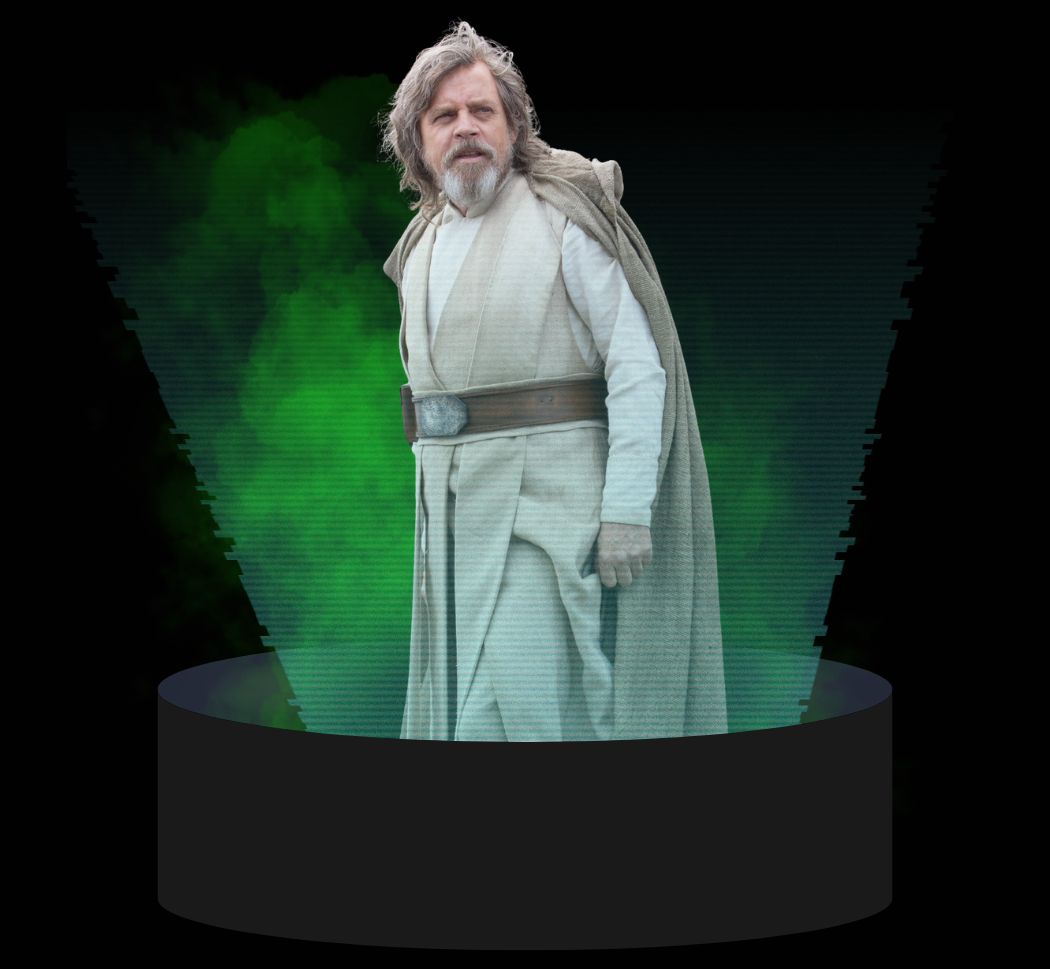
Luke Skywalker, once the galaxy’s symbol of hope, became a reclusive hermit after failing to rebuild the Jedi Order and nearly killing Ben Solo in fear. Haunted by guilt and disillusioned by the Jedi’s legacy of failure, Luke questioned their role in perpetuating darkness. His self-imposed exile ends when he reconnects with the Force and offers the Resistance a final act of peace. Through Rey, Luke’s legacy is reborn—not as myth, but as a lesson in growth, failure, and renewal.
The Fall of a Hero: Why Luke Lost Faith in the Jedi
Luke Skywalker stands as the embodiment of hope and heroism in the Original Trilogy.
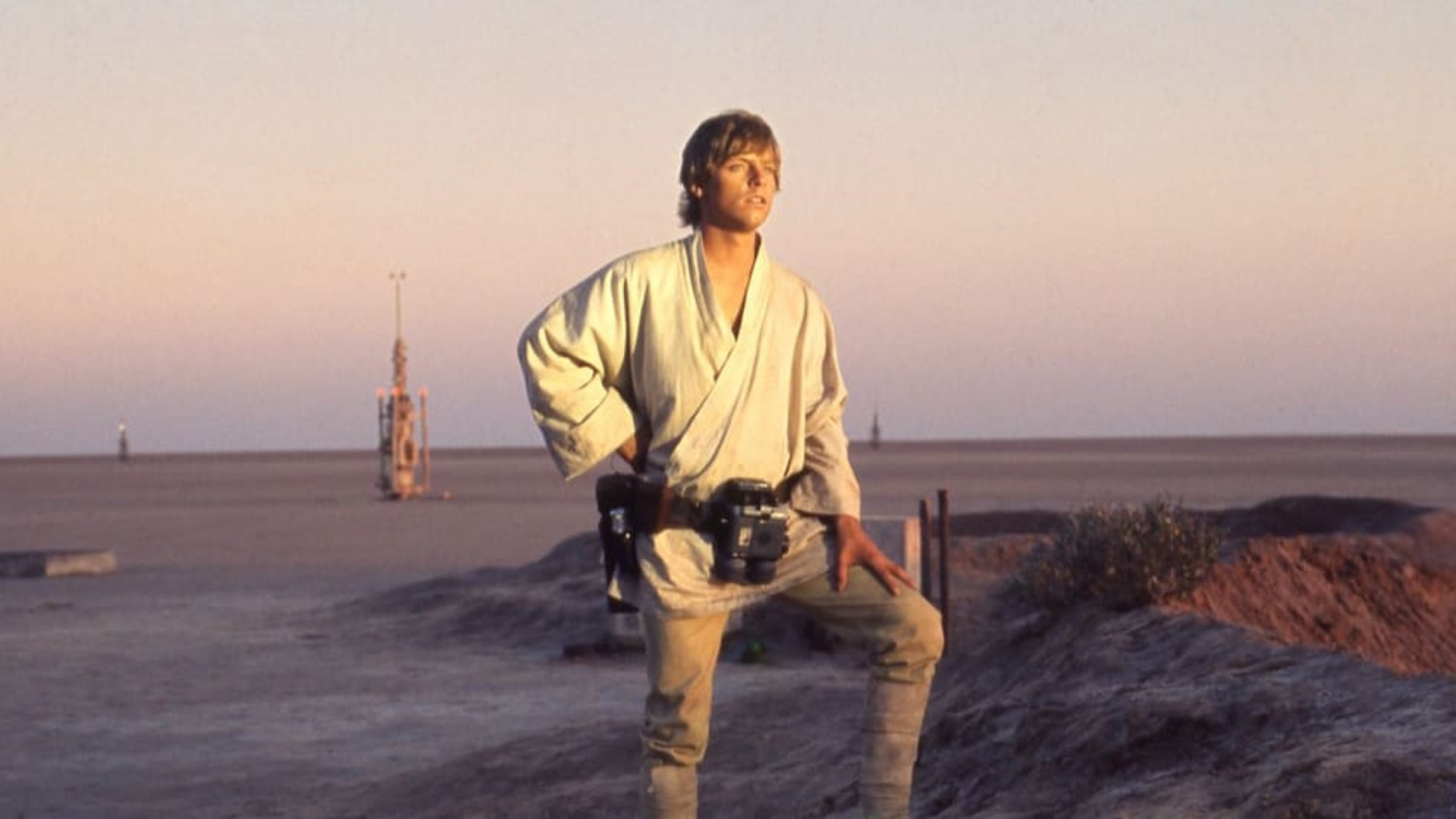
He was the farm boy who rose to destroy the Death Star, redeem Darth Vader, and restore hope to a fractured galaxy.
His journey from Tatooine to the forests of Endor inspired generations—both within the galaxy and among Star Wars fans—as the ultimate triumph of light over darkness. Yet, the sequel trilogy confronts us with a haunting question: how did the hero who brought balance to the Force become the disillusioned hermit hiding on Ahch-To?
Yet in Star Wars Episode VIII, fans were confronted with a sobering image: a disillusioned recluse who had turned his back on the Jedi Order. What happened to the hero who once stood alongside Obi-Wan Kenobi and Master Yoda? Why did Luke lose faith in the Jedi?
This haunting question lies at the heart of Luke’s journey in the sequels. As Jedi Master Luke Skywalker attempts to rebuild the New Jedi Order, his failure with Ben Solo—who would become Kylo Ren—echoes the tragic fall of Anakin Skywalker, revealing painful patterns stretching back to the days of the Jedi Council, the Clone War, and even Darth Sidious.
This article explores the deeper philosophical fracture that shook Luke's character to its core—one that goes beyond myth and into the painful territory of legacy, trauma, and faith.
The Burden of Legacy: Living Up to the Myth
In the aftermath of the Empire’s defeat, Luke is thrust into the role of living legend. The galaxy looks to him as a symbol of hope and the restorer of the Jedi, expecting miracles and wisdom beyond his years.
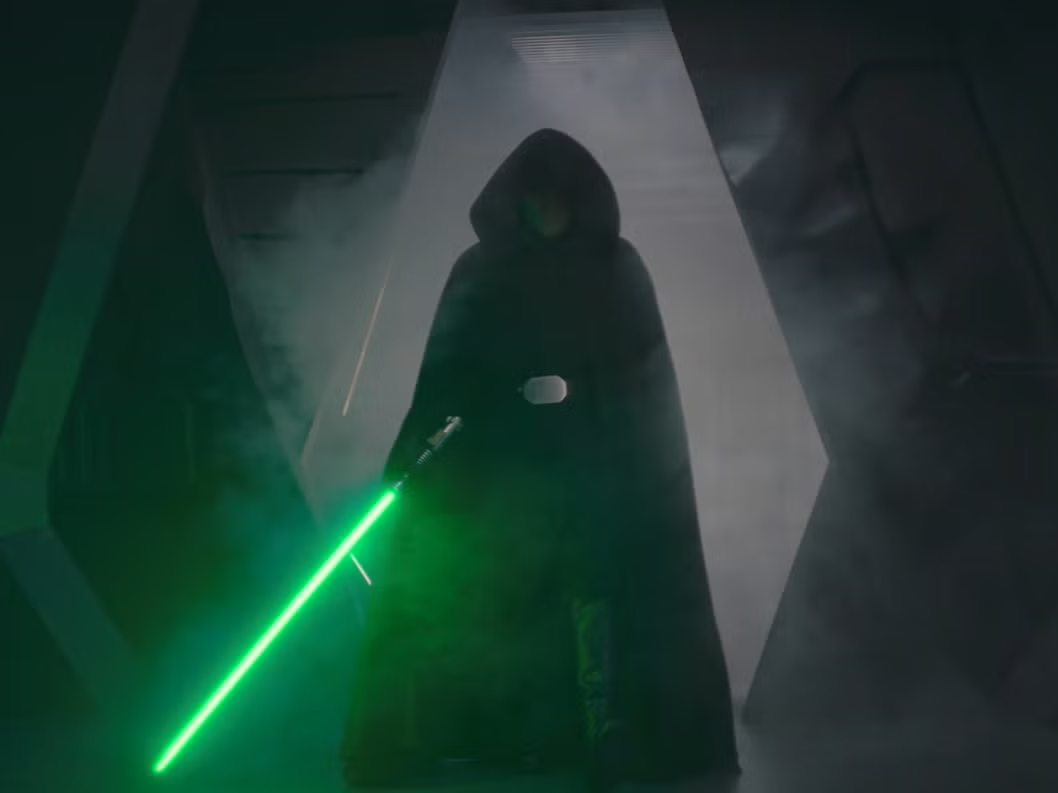
The pressure to live up to this mythic status is immense, as every action he takes is weighed against the legend he has become. Yet, beneath the surface, Luke still sees himself as a learner—haunted by doubts and aware of his own limitations.
This tension between perception and reality becomes a central theme in his journey. The legend of Luke Skywalker—and of the Jedi Order itself—grows larger than the flawed, fallible individuals behind it.
Luke’s struggle is not just with external threats, but with the impossible expectations that come from being a symbol rather than a person. The gap between myth and reality sets the stage for his eventual crisis of faith.
Rebuilding the Jedi Order: A Noble Yet Doomed Attempt
Driven by hope and duty, Luke dedicates himself to rebuilding the Jedi Order from its ashes. He seeks out ancient texts and lost teachings, revering the wisdom of the past while striving to avoid the mistakes that led to the Jedi’s downfall.
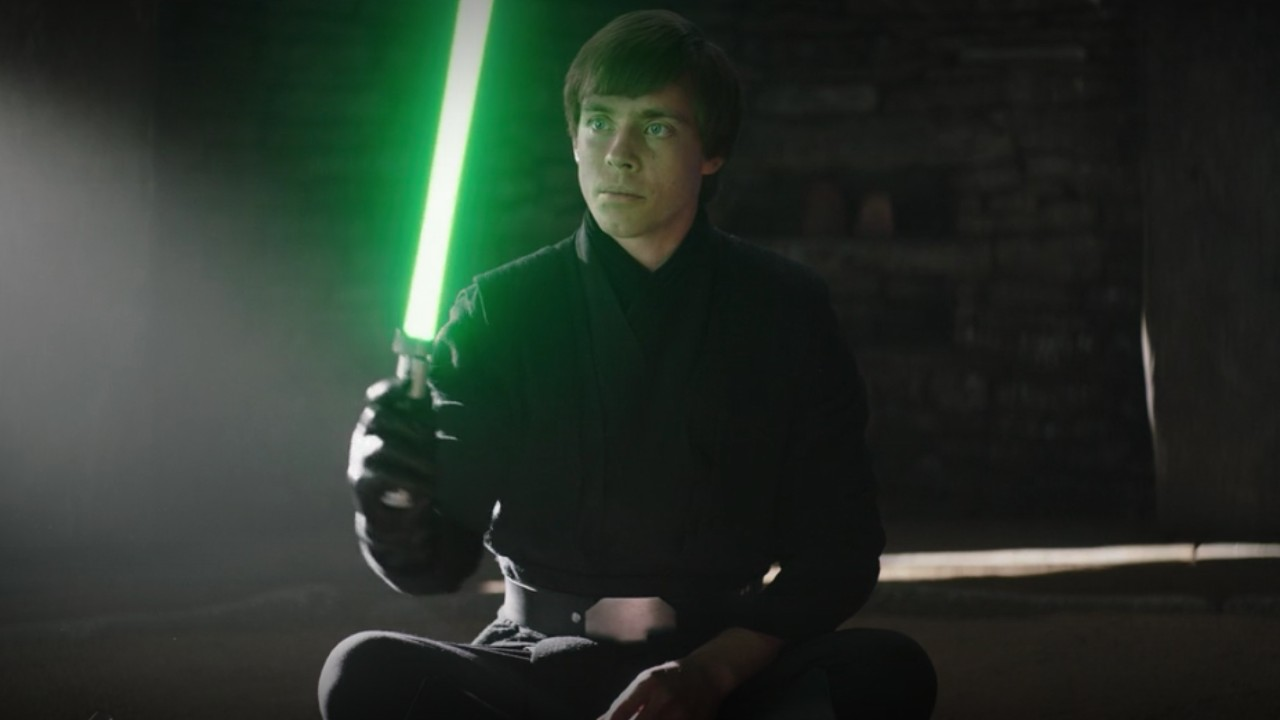
His efforts are earnest and noble, marked by a deep respect for the traditions that shaped him. Luke’s vision is to create a new generation of Jedi who can safeguard peace without falling prey to the arrogance of their predecessors.
However, these good intentions also plant the seeds of his disillusionment. The weight of legacy and the pressure to restore the Jedi to their former glory become overwhelming.
Luke’s reverence for the old ways blinds him to the need for change, and his attempt to revive the Order is fraught with the same vulnerabilities that doomed it before. The stage is set for heartbreak and failure, as the past proves difficult to escape.
The Catastrophe with Ben Solo: A Jedi’s Greatest Failure
Luke’s greatest test comes in the form of his nephew, Ben Solo. Entrusted with Ben’s training, Luke senses a growing darkness within the boy—a shadow that recalls the fall of Anakin Skywalker.
In a moment of fear and doubt, Luke contemplates a drastic action, igniting his lightsaber over Ben as he sleeps. Though he immediately recoils in shame, the damage is done; Ben awakens, perceives betrayal, and the seeds of Kylo Ren are sown.
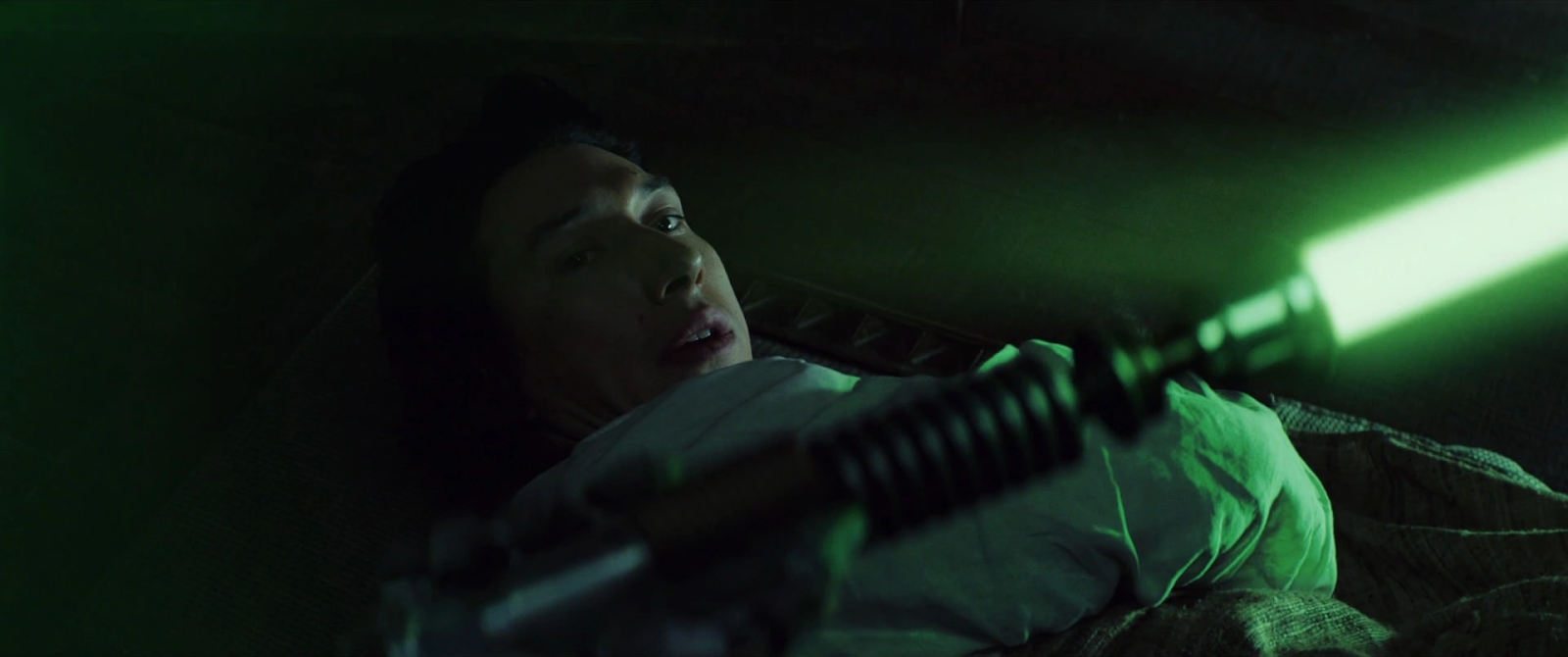
This split-second lapse shatters Luke’s confidence in himself and in the Jedi Order. The incident with Ben is not just a personal failure, but a devastating echo of the Jedi’s historical inability to prevent darkness from rising within their own ranks.
Luke’s guilt is overwhelming, driving him to question everything he believed about himself, the Force, and the legacy he was meant to uphold.
The Philosophical Crisis: Questioning the Jedi Legacy
Haunted by his failure, Luke begins to interrogate the very foundations of the Jedi tradition. He sees a pattern of hubris and dogma—a cycle in which the Jedi, despite their good intentions, repeatedly fail to stop the rise of evil.
His statement in The Last Jedi is telling: “It was a Jedi Master who was responsible for the training and creation of Darth Vader.” For Luke, the Jedi are not simply guardians of peace, but participants in a flawed system that perpetuates conflict.
This philosophical crisis leads him to a radical conclusion: perhaps the galaxy would be better off without the Jedi at all.
Luke’s disillusionment is not born of weakness, but of a deep reckoning with the limitations and failures of those who came before him. He questions whether the cycle of light and dark can ever truly be broken, or if the Jedi are doomed to repeat the mistakes of the past.
Exile on Ahch-To: Seeking Answers in Isolation
Unable to reconcile his ideals with his failures, Luke retreats to Ahch-To, the site of the first Jedi Temple.
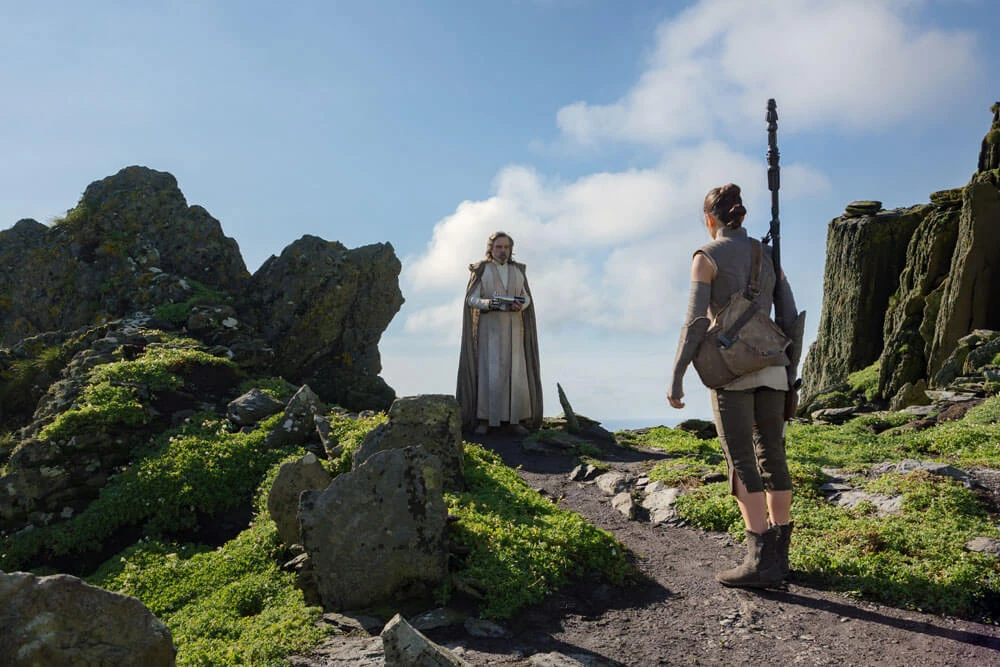
This exile is both a form of self-punishment and a symbolic rejection of the Jedi way. By isolating himself on a remote island, Luke hopes to end the Jedi legacy and prevent further harm.
His solitude is marked by regret and a desire to disappear from the galaxy’s stage.
When Rey arrives seeking guidance, Luke initially refuses to train her, insisting that the Jedi must end and rejecting his old lightsaber.
His reluctance is rooted in the belief that the Order’s existence only perpetuates suffering and conflict. Luke’s isolation is as much about searching for answers as it is about escaping the weight of his own legend. It is a period of profound introspection, where he confronts the darkest truths about himself and the Order he once revered.
The Symbolism of the Burned Tree and Sacred Texts
The turning point in Luke’s exile comes when he prepares to destroy the ancient Jedi texts, believing that erasing the past is the only way forward.
As he hesitates, Yoda appears and intervenes, summoning lightning to burn the sacred tree and its contents. Yoda’s lesson is simple yet profound: “The greatest teacher, failure is.” This moment reframes Luke’s understanding of legacy—not as a burden to be erased, but as a foundation to learn and grow from.
The burning of the tree and the survival of the texts (secretly preserved by Rey) symbolize the balance between honoring the past and embracing change.
Yoda’s intervention reminds Luke that wisdom comes from accepting mistakes, not denying them. This scene reawakens Luke’s sense of purpose, helping him see that renewal is possible, even after profound loss.
Redemption and Reconnection: Luke’s Final Lesson
In the climax of The Last Jedi, Luke returns—though not in person, but as a Force projection—to confront Kylo Ren and inspire the Resistance.
He chooses non-violence, echoing his refusal to kill Vader years before. By facing Kylo without striking a blow, Luke reaffirms his commitment to peace and hope, offering the galaxy a new example of Jedi strength rooted in compassion rather than aggression.
Luke’s death is an act of self-sacrifice and serenity, fading into the Force as he watches the twin suns set.
His final lesson is one of inspiration, rekindling hope in the galaxy and in Rey. Through this act, Luke redeems himself, not by erasing his failures, but by embracing them and choosing to stand for what is right—no matter the cost.
Legacy Reforged: From Rey to the Galaxy
Luke’s legacy lives on through Rey, who inherits the Skywalker saber and later encounters Luke as a Force spirit.

Their bond transcends blood and tradition, signifying a new chapter for the Jedi. Luke’s faith is ultimately restored—not in the institution of the Jedi, but in the living Force and the new generation it empowers. He sees in Rey the hope and resilience that first defined his own journey.
This arc completes the mythic cycle: Luke as hero, exile, and finally, guide. His story comes full circle, as he passes the torch to those who will carry the Jedi legacy forward in new and unexpected ways.
The legend of Luke Skywalker is reforged—not as a flawless savior, but as a figure who faced darkness, faltered, and found the courage to begin again.
Conclusion: The Jedi’s Light and Shadow
Luke Skywalker’s transformation—from the hopeful Jedi Knight who once believed in destiny to a Force ghost who finds peace in failure—is one of the most profound arcs in the Star Wars saga.
His crisis of faith, spurred by the fall of Ben Solo, the haunting echoes of Darth Vader, and his doubts about the Jedi’s past, forces us to confront the flaws of even our most revered heroes. Yet through Rey Skywalker, Luke’s final lesson transcends despair. As Rey buries the sabers of Luke and Leia beneath the Tatooine suns and ignites her own yellow blade, the Jedi legacy is not erased—it is reborn.
Like Qui-Gon Jinn, Ahsoka Tano, and other outliers before him, Luke learns that Jedi teachings must evolve or fade. His redemption does not come in battle, but in reflection—a message that even George Lucas once embedded into the DNA of Star Wars films.
Luke Skywalker’s fall is not a failure—it is a reckoning with the weight of myth, a meditation on balance, and a reminder that faith, like the Force, must be questioned in order to grow.












.jpg)
